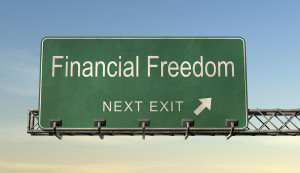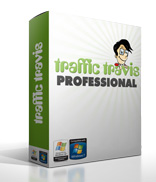WP Themes
WordPress Themes
- create the ‘look and feel’ of your site.
- affect the user experience for your human visitor.
- must instill trust and confidence in your visitors.
- provide SEO for search engine bots with varying degrees of success.
Try the look and feel of several different Themes here:
What did you notice? Probably that the sidebars moved around from theme to theme. Also the sidebar content was different sometimes. Did you see that the the menus didn’t always display, or that if they did, they weren’t nested properly sometimes?
So, there you have it. Different Themes look and feel different, handle some content differently, and need to be setup in different ways to get the most out of them. Which one did you like?
Your Theme sets the tone for your ‘storefront’. Make people comfortable and willing to stay around to see what you have to offer. It is important that the following items make as favorable an impression as possible;
- Colors.
- Fonts.
- Stylings.
- Layout.
- Responsive to screen size!
For most niches, white or light colored backgrounds work best.
Stay away from dark backgrounds unless your niche is related to video gaming or maybe magick, and other dark subjects. My recommendation: keep it light my friend.
If you notice a great theme on a site, find out what it is called by entering the site URL here.
Operated by Peter Sundstrom, a friend from Australia, this resource is for WordPress sites only.
Your Ideal WordPress Theme should have:
- a simple layout with a small unassuming header.
- left hand column for the inner page menu.
- the look of a web site — not a blog.
- ability to add links to Contact, Privacy Policy, and Terms of Service pages at the bottom.
OK, now that you have taken a few Themes out on a test drive, it’s time for you to select one and install it.






